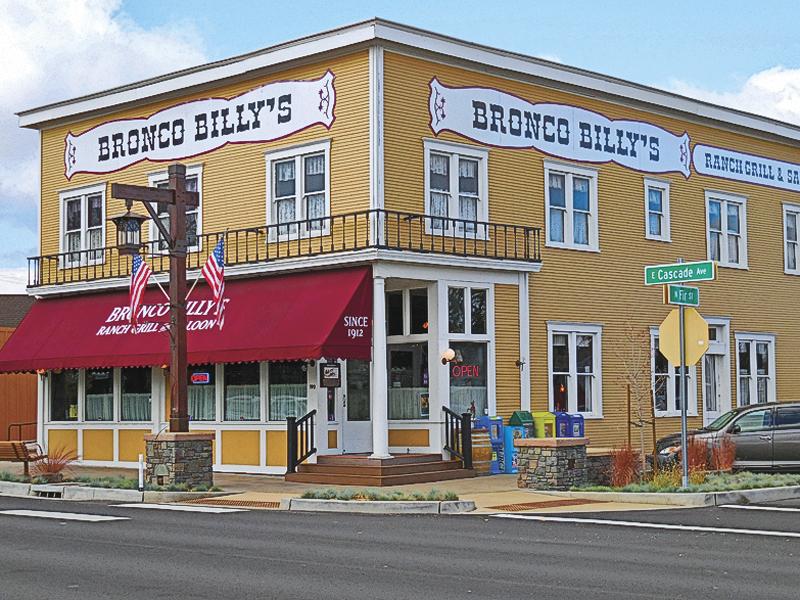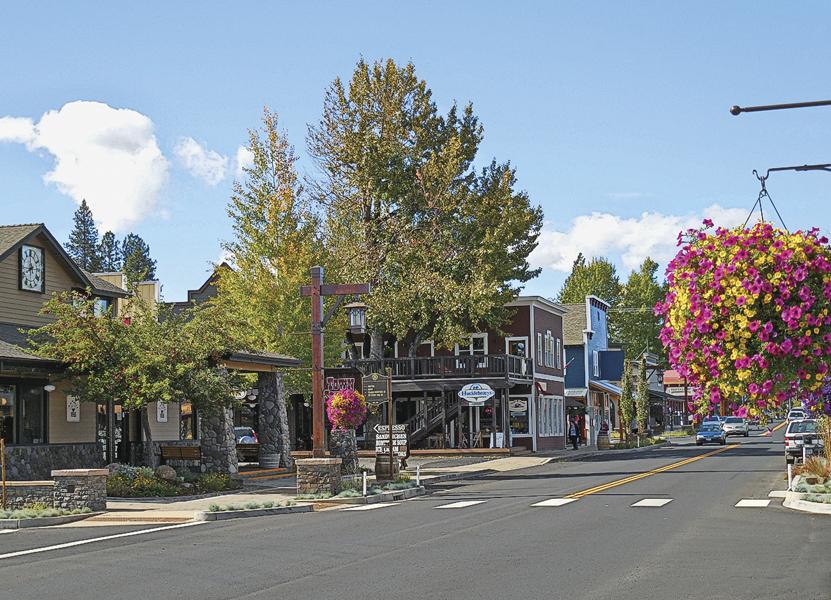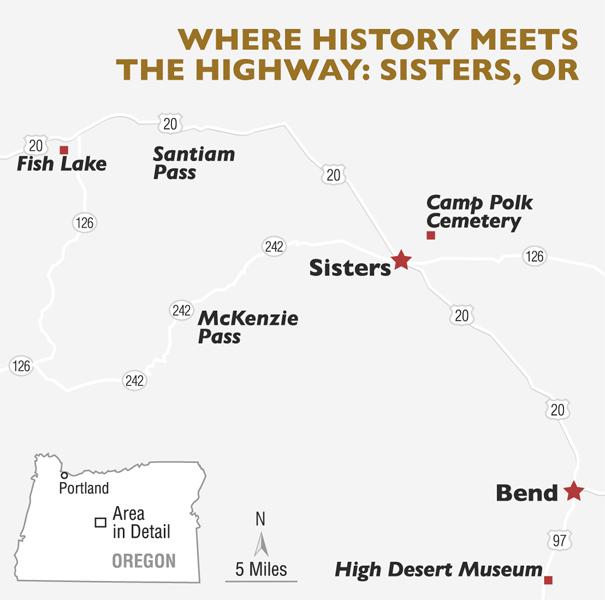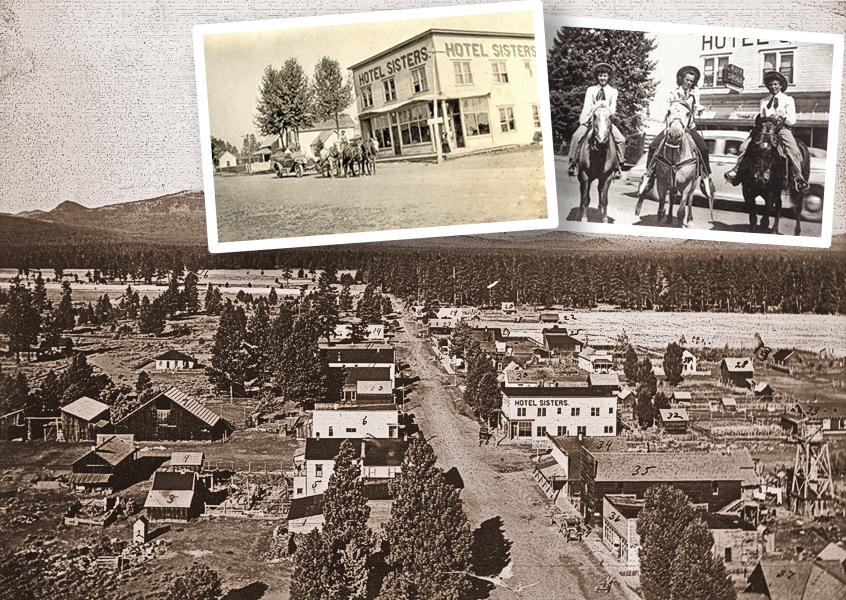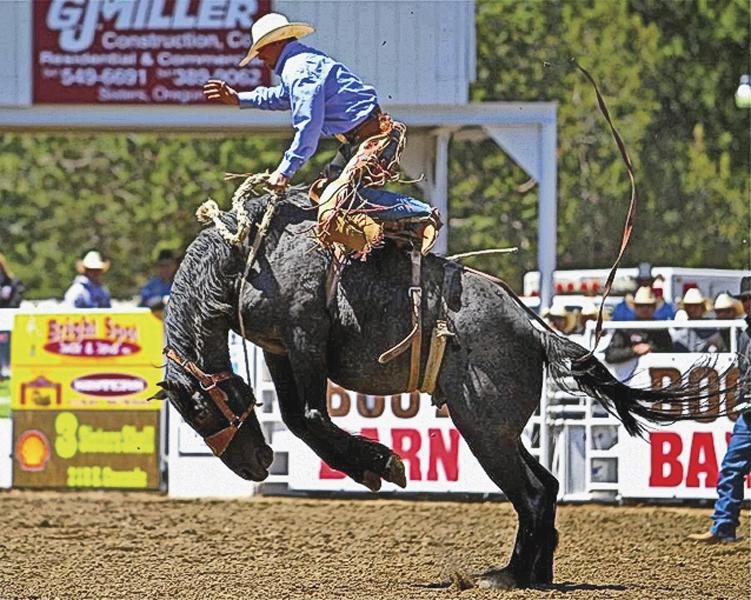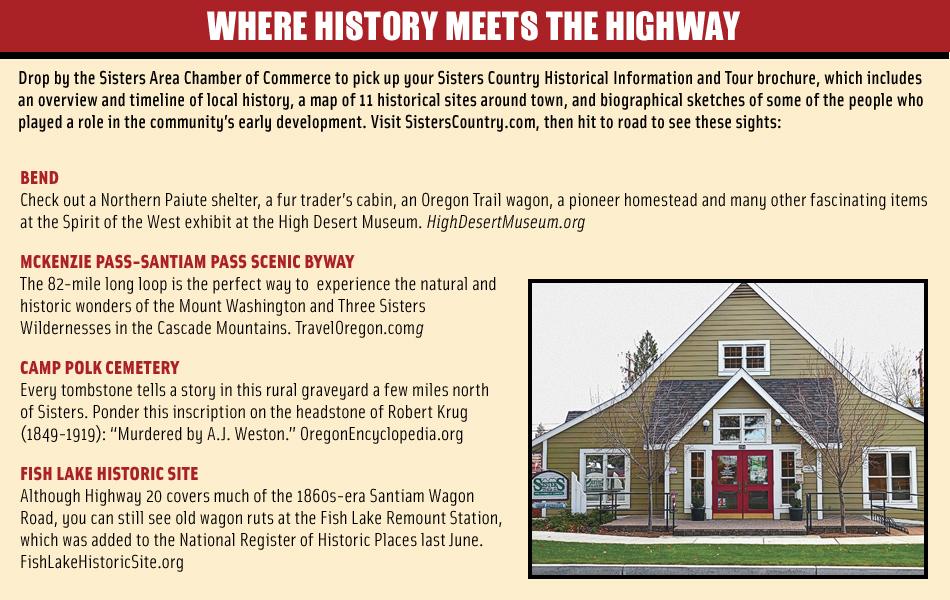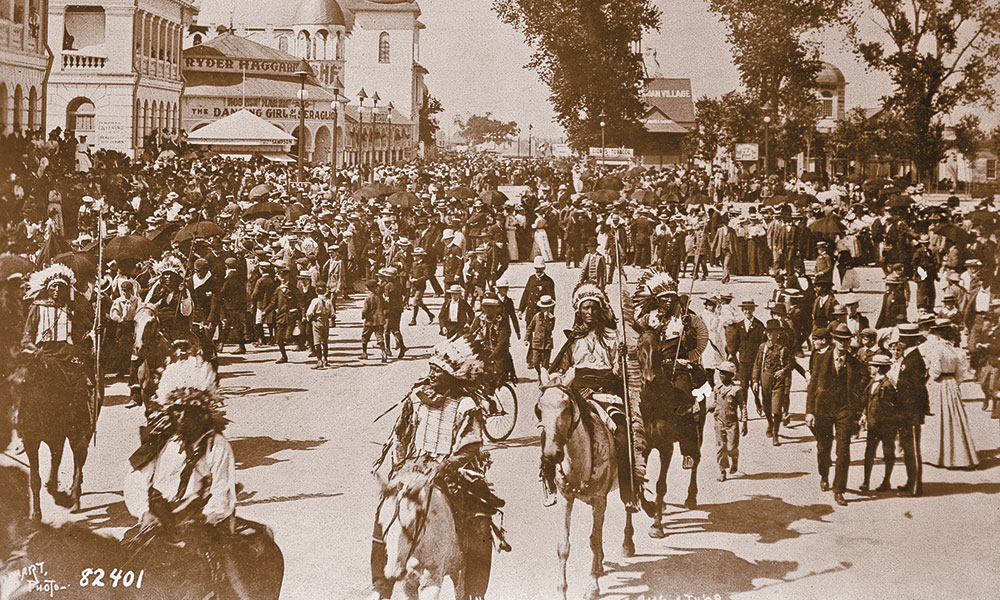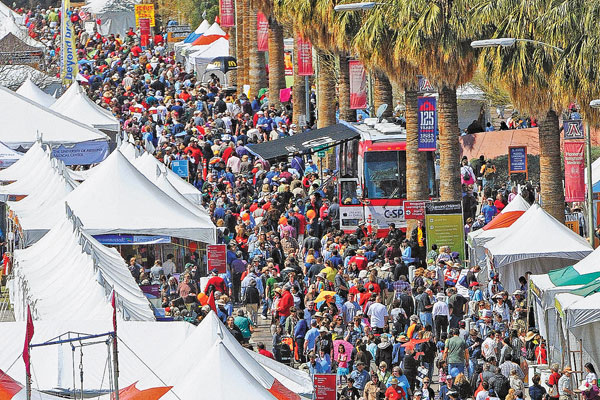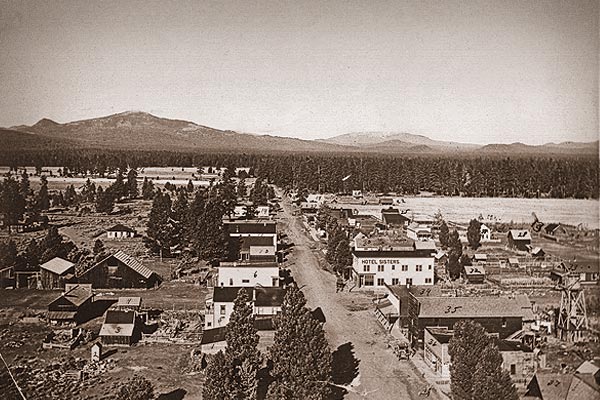 Faith. Hope. Charity.
Faith. Hope. Charity.
Over time, the original names of the three prominent mountains near the charming community of Sisters, Oregon, have faded. But the town’s commitment to preserving its heritage is going strong: In 1978,
it adopted an ordinance requiring 1880s-style storefronts. In 1983, the Santiam Wagon Road was placed on the National Register of Historic Places. And in 1997, the Black Butte Ranch Historical Society (which became the Sisters Country Historical Society in 2003) was established.
Preservation, especially of old buildings, is important work, says John Hayes, one of the directors of the Sisters Country Historical Society. “Our history has a lot to do with logging and mills, and these old structures are the physical representations of our past. Because we aren’t yet covered over with asphalt and strip malls, you can still see these physical aspects of the past, and touch them.”
Unlike a lot of Old West towns, Sisters never boomed. Instead, the community of ranches and sawmills grew slowly, reaching a population of just 500 or so before the last sawmill closed in 1963. Folks began to drift away, but when the town became known as the “Gateway to the Cascades,” its future was ensured. Today more than 2,000 lucky souls call Sisters home.
The town’s roots go back to 1865, when Camp Polk was created to protect settlers and travelers from Indians. But other than a few minor squabbles, spurred more by curiosity than hostility, local tribes pretty much ignored the immigrants. The fort was abandoned less than a year after being built.
Samuel Hindman and his family arrived in 1870 to homestead a property near the old camp and set up a blacksmith shop. Before long he’d expanded the settlement to include a small store, a livery and a post office.
In 1888 the postal service decided to move the office a few miles south and asked residents to suggest names. A local farmer named Jacob Quiberg suggested Three Sisters (as the peaks had come to be known), but postal authorities shortened it to Sisters.
As most of the community’s first buildings were made of wood, few have survived. The Hardy Allen House, built 1908, is the oldest building still standing. Allen, a blacksmith, taught himself auto mechanics when horseless carriages came on the scene. He and his wife, Daisy, had their house built on Cascade Avenue, the town’s main street. Decades later it was moved to its present location at Main and Fir, where it now holds a floral shop.
Spanish-American War veteran John Dennis built the Hotel Sisters in 1912. It was something of a showplace, with hot and cold running water in each of its 19 guest rooms. The town’s back-to-back fires in 1923 and 1924 threatened the swanky hotel, but quick-thinking townsfolk soaked blankets and mattresses with water and placed them over the building’s roof and walls. The hotel escaped with just a few paint blisters and some minor scorching. These days, Bronco Billy’s Ranch Grill & Saloon occupies the first floor of the venerable old building.
You can see old photographs of the Sisters area at the Maida Bailey Library Building, named for the young woman who earned a degree from Cornell University before moving to Sisters in 1918 to help her husband run a sheep ranch.
The renowned Sisters Rodeo celebrates its 75th anniversary in June. Its popularity has only grown over time, says Glenn Miller, president of the Sisters Rodeo. Many Americans, he says, especially those who still live in ranching country, really appreciate these legacies of our Western heritage. “And so the tradition goes on.”
WHERE HISTORY MEETS THE HIGHWAY
Drop by the Sisters Area Chamber of Commerce to pick up your Sisters Country Historical Information and Tour brochure, which includes an overview and timeline of local history, a map of 11 historical sites around town, and biographical sketches of some of the people who played a role in the community’s early development. SistersCountry.com
Then hit to road to see these sights:
BEND
Check out a Northern Paiute shelter, a fur trader’s cabin, an Oregon Trail wagon, a pioneer homestead and many other fascinating items at the Spirit of the West exhibit at the High Desert Museum. HighDesertMuseum.org
MCKENZIE PASS-SANTIAM PASS SCENIC BYWAY
The 82-mile long loop is the perfect way to experience the natural and historic wonders of the Mount Washington and Three Sisters Wildernesses in the Cascade Mountains. TravelOregon.com
CAMP POLK CEMETERY
Every tombstone tells a story in this rural graveyard a few miles north of Sisters. Ponder this inscription on the headstone of Robert Krug (1849-1919): “Murdered by A.J. Weston.” OregonEncyclopedia.org
FISH LAKE HISTORIC SITE
Although Highway 20 covers much of the 1860s-era Santiam Wagon Road, you can still see old wagon ruts at the Fish Lake Remount Station, which was added to the National Register of Historic Places last June. FishLakeHistoricSite.org
John Stanley is a former outdoors and travel reporter and photographer for The Arizona Republic.
Photo Gallery
– Courtesy Judy Trego/Sisters Area Chamber of Commerce –
– Courtesy Judy Trego/Sisters Area Chamber of Commerce –
– Photos Courtesy Sisters Country Historical Society –
– Courtesy Judy Trego/Sisters Area Chamber of Commerce –


